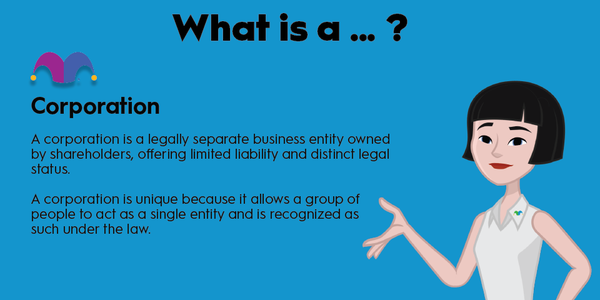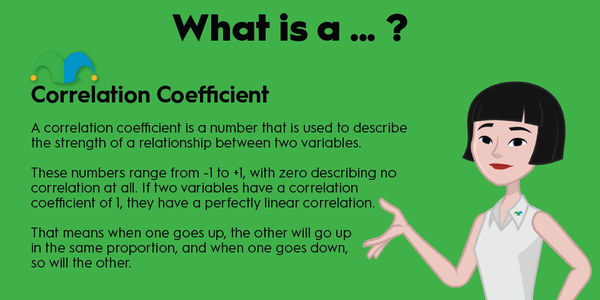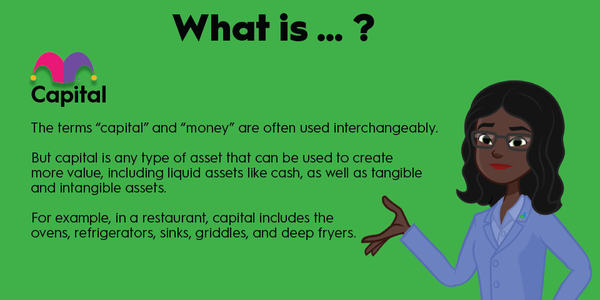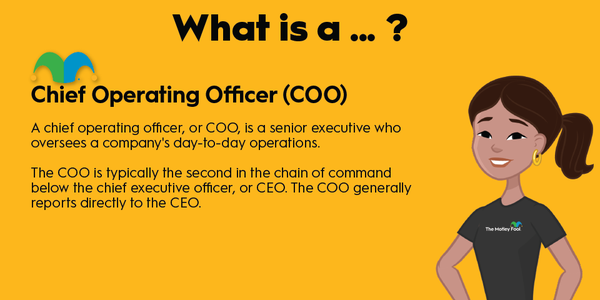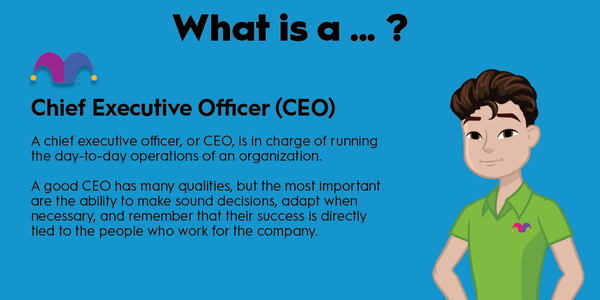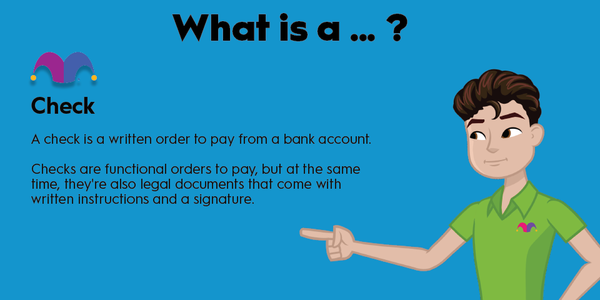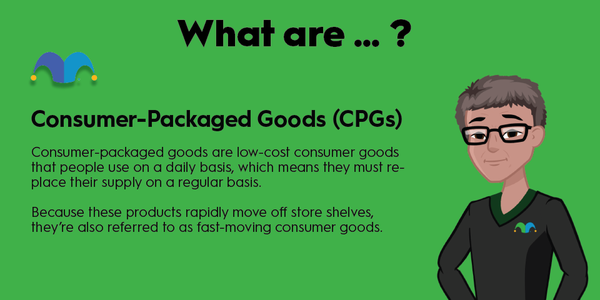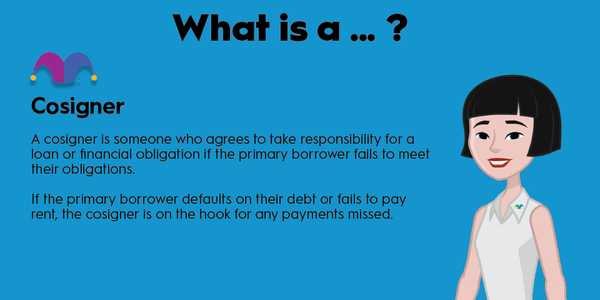A certificate of insurance summarizes the key details of an insurance policy. The document is commonly used to provide proof of business insurance.
Here's what you should know about certificates of insurance, including the information that the document contains, how to request one, and how it differs from an insurance binder.

Understanding certificates of insurance
Overview
Certificates of insurance, or COIs, are similar in purpose to auto insurance identification cards. Both documents are issued by the insurer to outline the basic information of an active insurance policy. The information includes the type of coverage, the effective dates of the policy, and coverage limits.
COIs can document professional or general liability insurance, commercial property and auto insurance, and workers' compensation insurance. They're normally issued upon request by business partners in situations that involve shared risk. A general contractor, for example, may ask its subcontractors to provide COIs.
Unlike an auto insurance ID card, COIs are personalized for the requestor. The COI will note the requestor's name and contact information as the certificate holder. The insured is required to notify certificate holders if the policy is canceled.
Information on the COI
Information on the COI
COIs provide a snapshot of insurance coverage by listing the following information:
- Insurer name and contact information.
- Type of coverage.
- Insured's name and mailing address.
- Start and end dates of the policy.
- Coverage limits.
- Certificate holder name and contact information.
- Additional insureds, if applicable.
The additional insured is a person or business other than the primary insured that is covered by a general liability or property insurance policy. Additional insureds can file claims under the policy if they are sued for actions taken by the primary insured.
Additional insureds and certificate holders can be the same person or entity. Returning to the construction example, a general contractor may request COIs from subcontractors and require additional insured status on those policies.
COIs vs. insurance binders
COIs vs. insurance binders
COIs and insurance binders both show proof of insurance coverage but under different circumstances. COIs are issued after a policy has been underwritten and issued. Binders show proof of temporary coverage while a policy is still in the underwriting phase. Binders are issued after submission of the insurance application and payment, but before the official policy or COI is available.
Binders and COIs contain similar policy details, except for the policy effective dates. A binder has a short-term expiration date, which is usually 30 to 90 days after the policy was purchased. By the time the binder expires, the insured should have a policy in force and access to a COI.
It is also possible that information arises in underwriting that prevents policy issuance. In that case, the insurer would notify the insured of a pending cancellation. The binder would still expire on the stated expiration date.
Related investing topics
COI scenarios
COI scenarios
Situations that may require a COI include:
- Home remodel: Homeowners can request COIs from any contractor doing work at their property.
- Construction projects and other business joint ventures: When companies team up to complete a job, they often request COIs from each other to limit the risk associated with the project.
- Event planning: Venue owners and event sponsors may ask event organizers to carry insurance. Vendors such as caterers and DJs may also need to show proof of coverage.
- Property leases: Many commercial and residential property owners may require tenants to supply COIs showing liability coverage. This protects the property owner against any property damage caused by the tenant.
- Use of vendors or suppliers: Businesses can require suppliers to carry minimum levels of insurance.
- Use of consultants and freelancers: In riskier professional disciplines, such as engineering, businesses may impose minimum insurance coverages on their independent contractors and freelancers.
Imposing insurance thresholds on vendors, business partners, consultants, and contractors is a risk mitigation strategy. The coverage can pay for any damages the requestor absorbs from working with the insured. The COI functions as documentation that the insured is complying with the requestor's insurance requirements.


